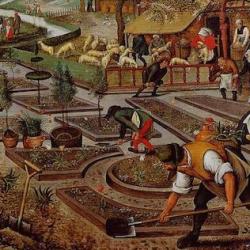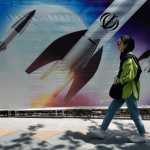We are in the middle of a second “great transformation,” suggests Zygmunt Bauman in Collateral Damage: Social Inequalities in a Global Age (46-7). Industrialization has given way to an “experience economy.”
Bauman points to a shift in the metaphors and vocabulary of management theory as evidence: “To convey the rules of their strategies and the logic of their actions, contemporary business leaders no longer speak of ‘engineering’ (a notion implying a divide or juxtaposition between those who ‘engineer’ and that which is ‘engineered’) . . . but of ‘cultures’ and ‘networks,’ ‘teams’ and ‘coalitions’ – and of ‘influences’ rather than of control, leadership or, for that matter, management. In opposition to the now abandoned or shunned concepts, all these new terms convey the message of volatility, fluidity, flexibility, short lifespan. People who deploy such terms are after loosely patched together aggregates (alliances, cooperations, cohabitations, ad hoc teams) that can be assembled, dismantled, and reassembled as shifting circumstances require: at short notice or without notice. It is the kind of fluid setting of action that best fits their perception of the surrounding world as multiple, complex, and fast moving, and therefore ambiguous, fuzzy, and plastic, uncertain, paradoxical, even chaotic.” Businesses organized on this model “tend to have a considerable element of dis organization deliberately built into them. The less solid and more readily alterable they are, the better.”
Whether this amounts to a change on the scale of the industrial revolution remains to be seen. That Bauman has identified a trend is undeniable.














